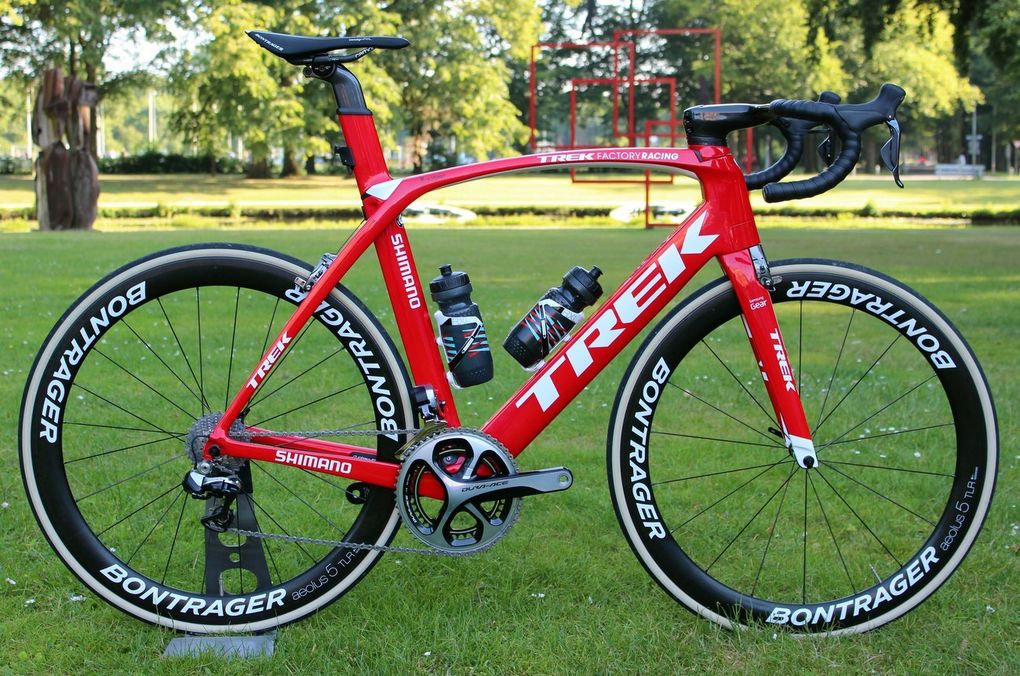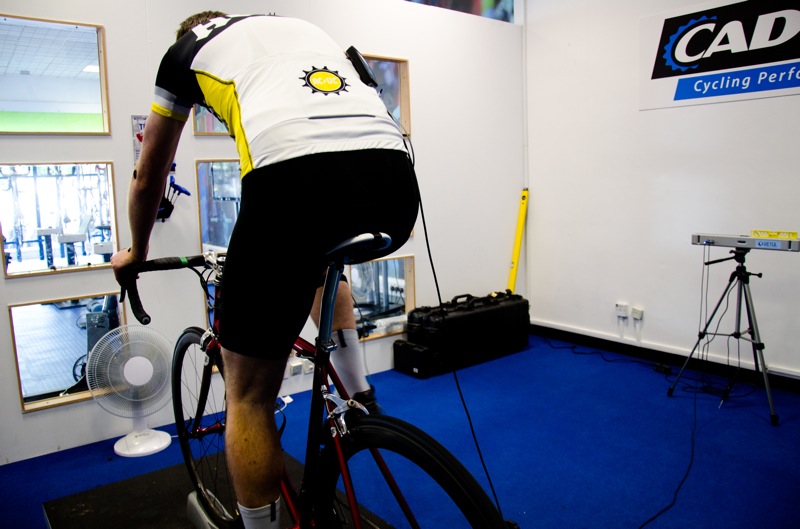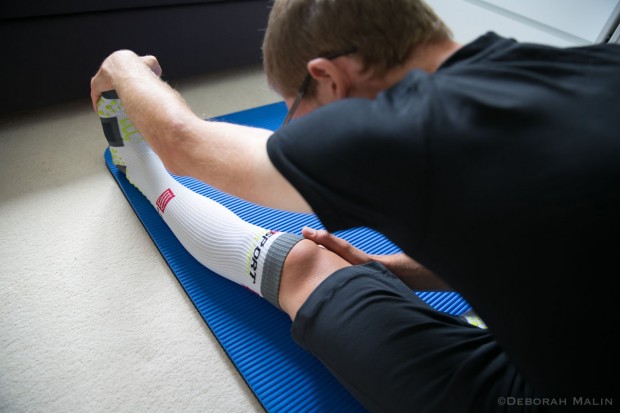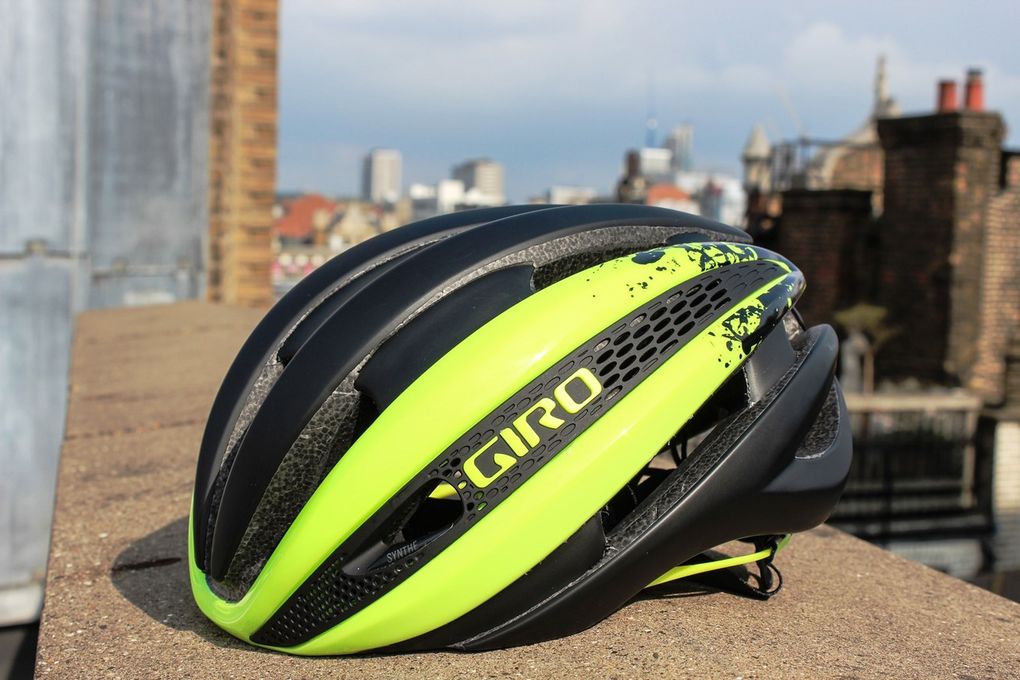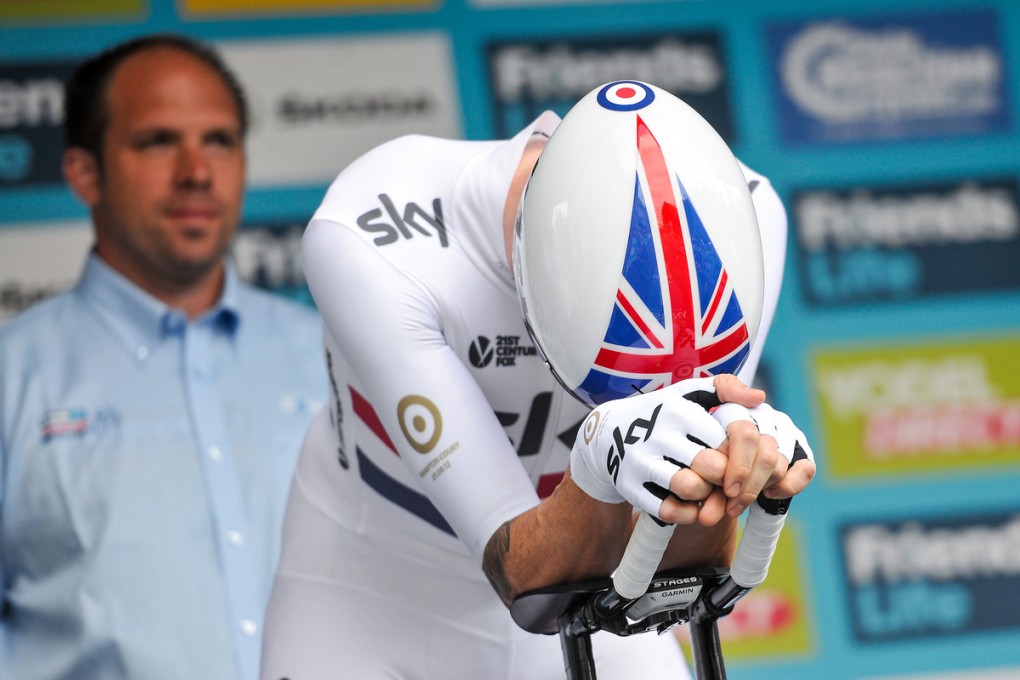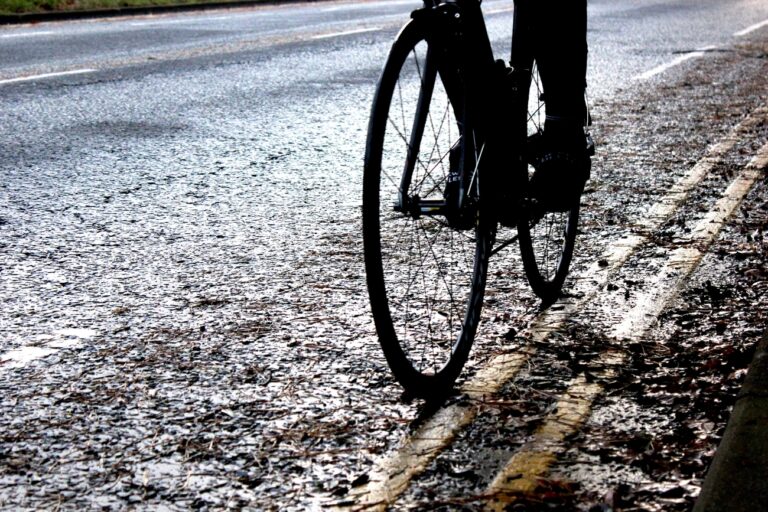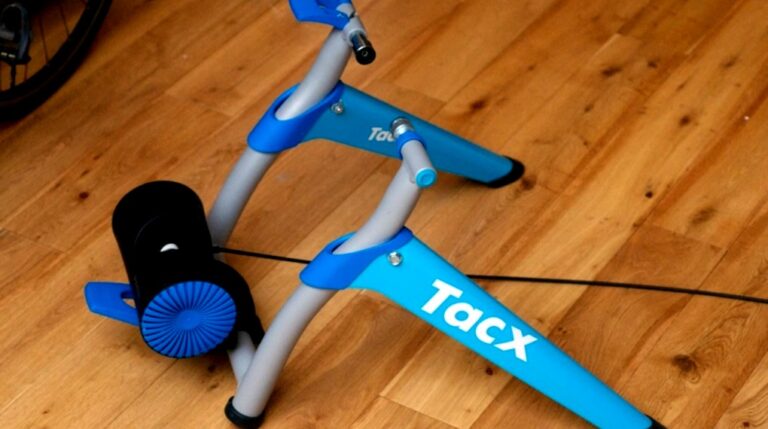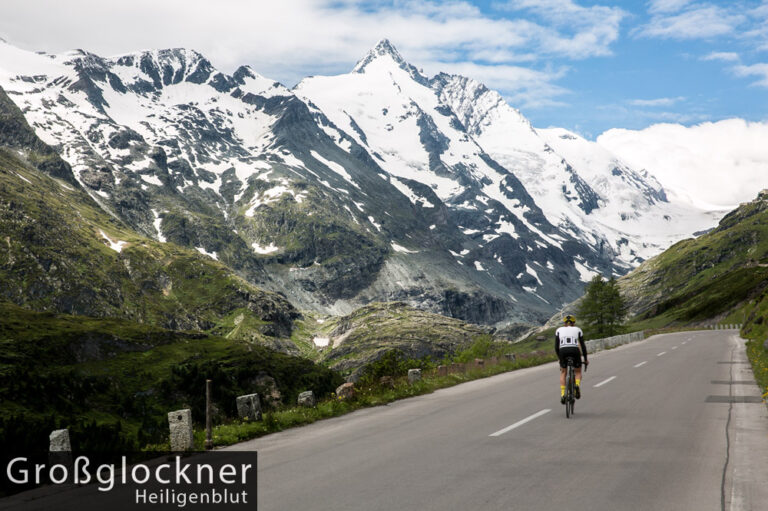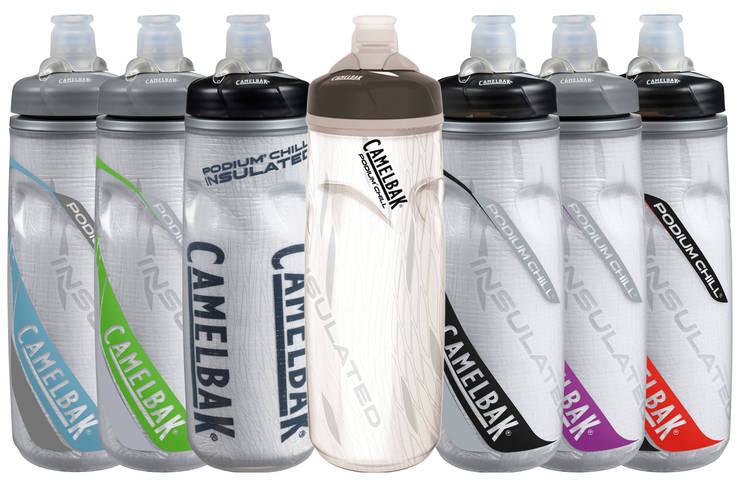The single biggest factor stopping you from riding faster is you. Which you’d probably already guessed, to be honest. But it’s not actually in the way you think. While training will make you more powerful, the very best way to ride faster is to avoid the air.
On the flat, air resistance is the biggest boundary when you’re riding your bike. Actually, riding uphill air resistance is quite often the most prominent factor as well, and that only changes when the road becomes rather steep indeed.
What this basically means is that cheating the wind should one of your main goals as a cyclist if you want to ride fast and it’s why aerodynamics have become so crucial at the top level of professional cycling, from the rider down to the bike they’re riding and the kit they’re wearing. After all, it’s free speed (sort of), and who doesn’t want that? Here are a few ways you can cheat the wind.
Ride a time trial bike (or an aero road bike)
If you could transform into a Domenico Pozzovivo sized version of yourself that could produce the same power you do now, you’d immediately be faster, because you’d be less of a barrier to the wind. Mind you, if you could transform in to a Pozzovivo-sized person who can produce the same power as Pozzovivo, you’d be laughing. But since that’s not possible, a TT bike might be a good bet instead.
